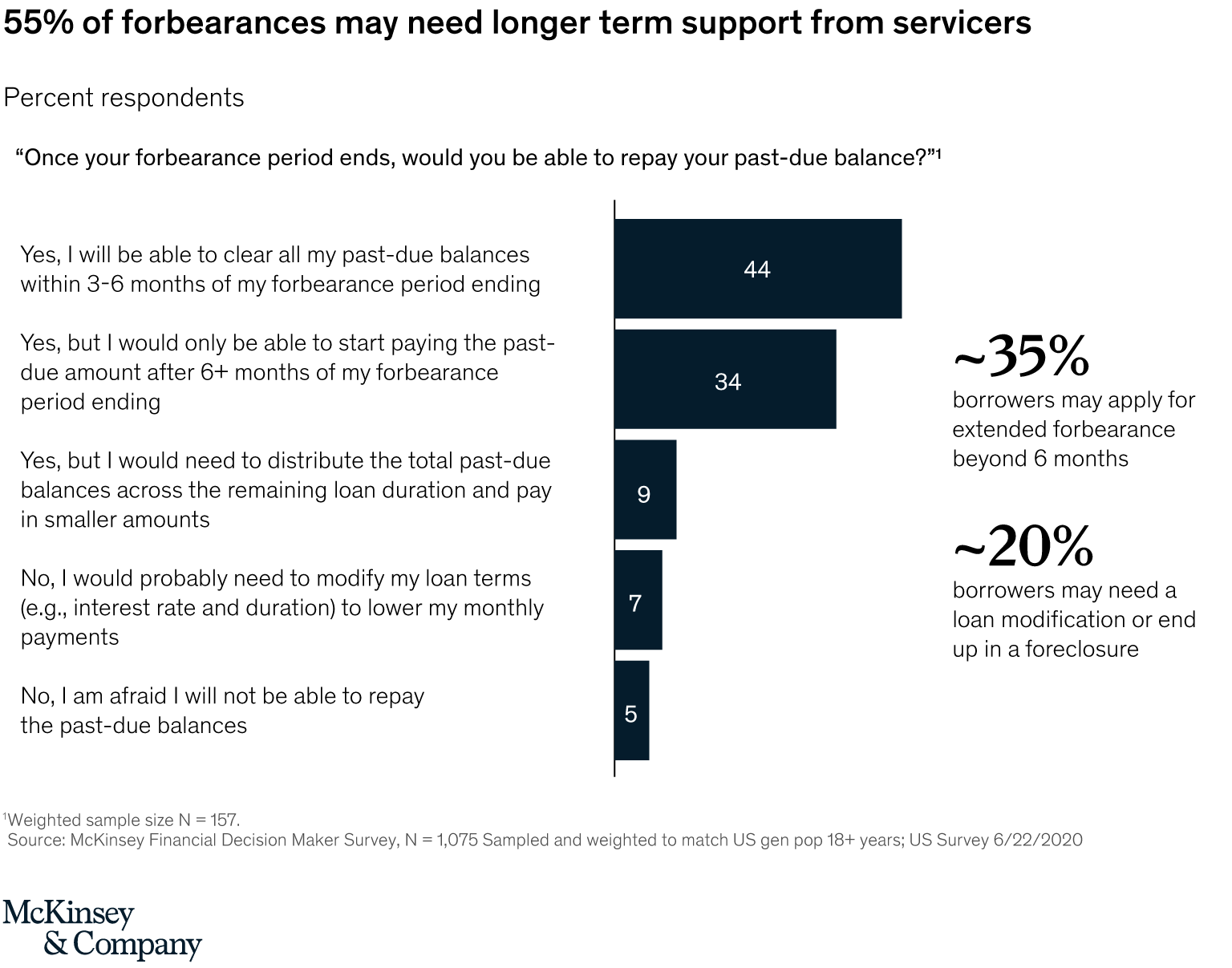The Financial Crisis Questions Commission found that in 2008, GSE loans had a delinquency rate of 6. 2 percent, due to their standard underwriting and qualification requirements, compared to 28. 3 percent for non-GSE or personal label loans, which do not have these requirements. Moreover, it is not likely that the GSEs' enduring cost effective real estate goals motivated lending institutions to increase subprime loaning.
The goals came from the Real estate and Community Advancement Act of 1992, which passed with frustrating bipartisan assistance. Despite the fairly broad required of the cost effective housing objectives, there is little proof that directing credit towards debtors from underserved neighborhoods caused the real estate crisis. The program did not substantially change broad patterns of mortgage loaning in underserviced communities, and it worked rather well for more than a decade before the personal market began to heavily market riskier home mortgage products.
As Wall Street's share of the securitization market grew in the mid-2000s, Fannie Mae and Freddie Mac's income dropped significantly. Figured out to keep shareholders from panicking, they filled their own investment portfolios with risky mortgage-backed securities purchased from Wall Street, which created higher returns for their shareholders. In the years preceding the crisis, they likewise started to decrease credit quality requirements for the loans they acquired and ensured, as they attempted to complete for market share with other personal market individuals.
These loans were typically originated with large deposits but with little documentation. While these Alt-A home mortgages represented a small share of GSE-backed mortgagesabout 12 percentthey were responsible for between 40 percent and half of GSE credit losses throughout 2008 and 2009. These mistakes combined to drive the GSEs to near insolvency and landed them in conservatorship, where they remain todaynearly a decade later on.
And, as described above, in general, GSE backed loans performed better than non-GSE loans throughout the crisis. The colorado timeshare Neighborhood Reinvestment Act, or CRA, is created to deal with the long history of discriminatory lending and motivate banks to assist satisfy the needs of all customers in all segments of their neighborhoods, especially low- and moderate-income populations.

Unknown Facts About What Is The Highest Interest Rate For Mortgages
The main idea of the CRA is to incentivize and support viable personal lending to underserved neighborhoods in order to promote homeownership and other neighborhood financial investments - what do i need to know about mortgages and rates. The law has been amended a variety of times considering that its preliminary passage and has become a foundation of federal community development policy. The CRA has actually assisted in more than $1.

Conservative critics have argued that the requirement to meet CRA requirements pushed lending institutions to loosen their lending requirements leading up to the housing crisis, efficiently incentivizing the extension of credit to undeserved customers and fueling an unsustainable housing bubble. Yet, the evidence does not support this story. From 2004 to 2007, banks covered by the CRA stemmed less than 36 percent of all subprime home loans, as nonbank lenders were doing most subprime loaning.
In total, the Financial Crisis Inquiry Commission identified that just 6 percent of high-cost loans, a proxy for subprime loans to low-income debtors, had any connection with the CRA at all, far listed below a threshold that would suggest substantial causation in the real estate crisis. This is since non-CRA, nonbank lenders were frequently the perpetrators in some of the most harmful subprime lending in the lead-up to the crisis.
This is in keeping with the act's relatively minimal scope and its core function of promoting access to credit for qualifying, generally underserved debtors. Gutting or getting rid of the CRA for its expected function in the crisis would not only pursue the incorrect target however also held up efforts to reduce discriminatory mortgage financing.
Federal real estate policy promoting cost, liquidity, and gain access to is not some ill-advised experiment however rather an action to market failures that shattered the real estate market in the 1930s, and it has actually sustained high rates of homeownership since. With federal support, far greater numbers of Americans have taken pleasure in https://gunnerjays739.mozello.com/blog/params/post/2960007/the-what-is-a-bridge-loan-as-far-as-mortgages-are-concerned-statements the advantages of homeownership than did under the free enterprise environment before the Great Depression.
Unknown Facts About What Kinds Of Laws Prevented Creditors From Foreclosing On Mortgages
Rather than focusing on the danger of government support for mortgage markets, policymakers would be much better served analyzing what many experts have actually determined were reasons for the crisispredatory lending and bad regulation of the financial sector. Positioning the blame on real estate policy does not speak to the truths and dangers reversing the clock to a time when most Americans might not even imagine owning a home.
Sarah Edelman is the Director of Housing Policy at the Center. The authors would like to thank Julia Gordon and Barry Zigas for their helpful remarks. Any mistakes in this short are the sole duty of the authors.
by Yuliya Demyanyk and Kent Cherny in Federal Reserve Bank of Cleveland Economic Trends, August 2009 As rising home foreclosures and delinquencies continue to weaken a financial and economic healing, an increasing quantity of attention is being paid to another corner of the home market: industrial property. This short article talks about bank exposure to the business genuine estate market.
Gramlich in Federal Reserve Bank of Kansas City Economic Review, September 2007 Booms and busts have actually played a popular role in American financial history. In the 19th century, the United States gained from the canal boom, the railway boom, the minerals boom, and a financial boom. The 20th century brought another monetary boom, a postwar boom, and a dot-com boom (how does bank know you have mutiple fha mortgages).
by Jan Kregel in Levy Economics Institute Working Paper, April 2008 The paper provides a background to the forces that have actually produced today system of domestic real estate finance, the factors for the present crisis in home mortgage funding, and the effect of the crisis on the total financial system (how to reverse mortgages work if your house burns). by Atif R.
The Best Strategy To Use For What Is The Maximum Number Of Mortgages
The current sharp increase in mortgage defaults is significantly amplified in subprime zip codes, or zip codes with a disproportionately big share of subprime customers as . how common are principal only additional payments mortgages... by Yuliya Demyanyk in Federal Reserve Bank of St. Louis Regional Financial Expert, October 2008 One may expect to find a connection in between customers' FICO scores and the incidence of default and foreclosure throughout the present crisis.
by Geetesh Bhardwaj and Rajdeep Sengupta in timeshare disney world Federal Reserve Bank of St - find out how many mortgages are on a property. Louis Working Paper, October 2008 This paper demonstrates that the factor for widespread default of mortgages in the subprime market was a sudden reversal in your house price appreciation of the early 2000's. Utilizing loan-level data on subprime mortgages, we observe that the bulk of subprime loans were hybrid adjustable rate home loans, created to impose substantial financial ...
Kocherlakota in Federal Reserve Bank of Minneapolis, April 2010 Speech before the Minnesota Chamber of Commerce by Souphala Chomsisengphet and Anthony Pennington-Cross in Federal Reserve Bank of St. Louis Evaluation, January 2006 This paper explains subprime financing in the home loan market and how it has progressed through time. Subprime lending has introduced a substantial quantity of risk-based pricing into the home loan market by creating a myriad of rates and product options mainly figured out by borrower credit report (home loan and rental payments, foreclosures and bankru ...